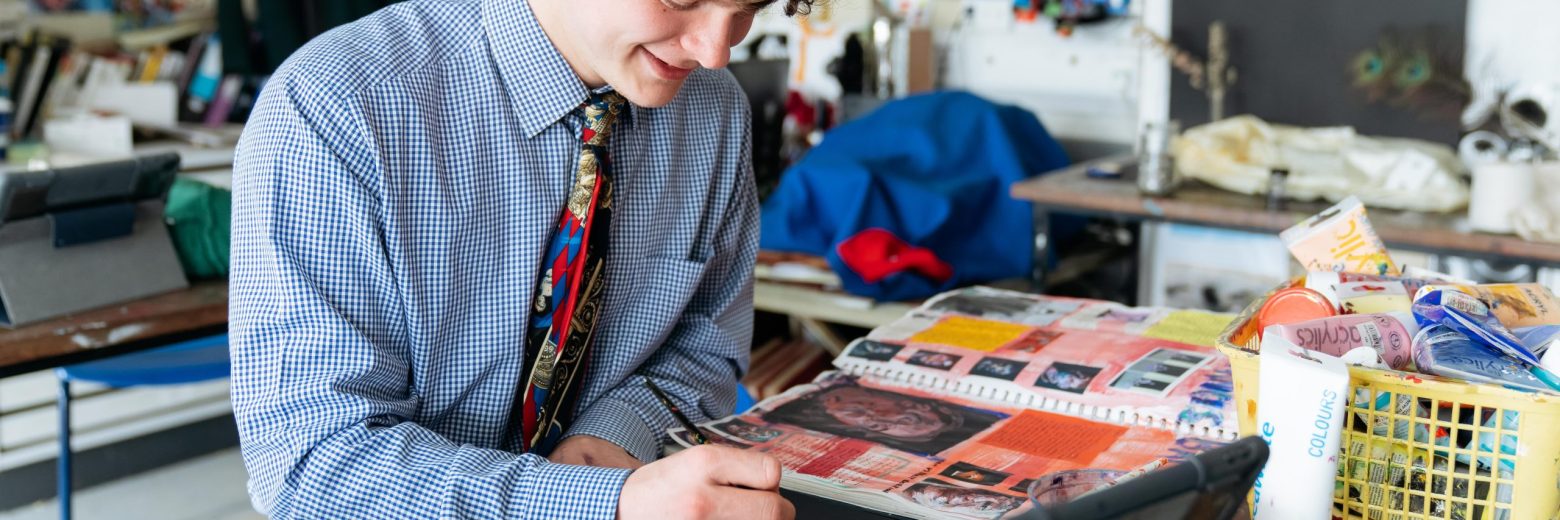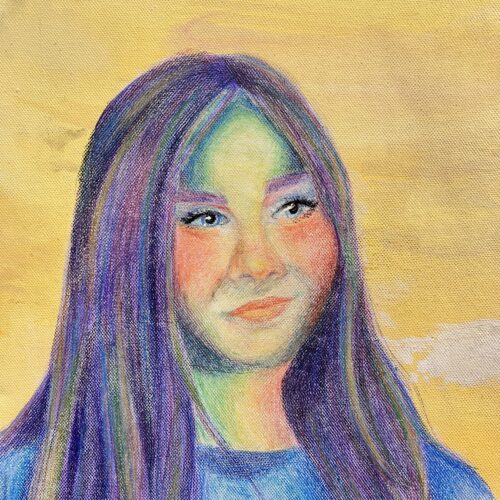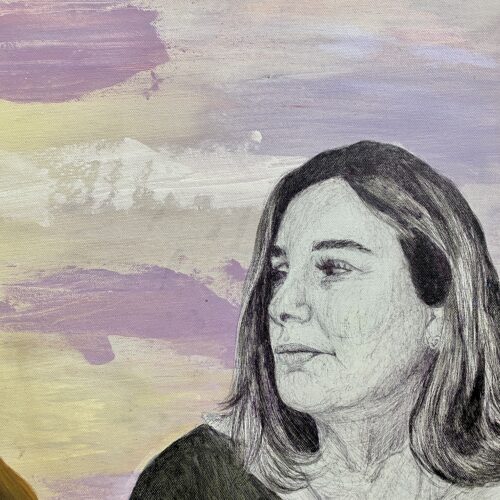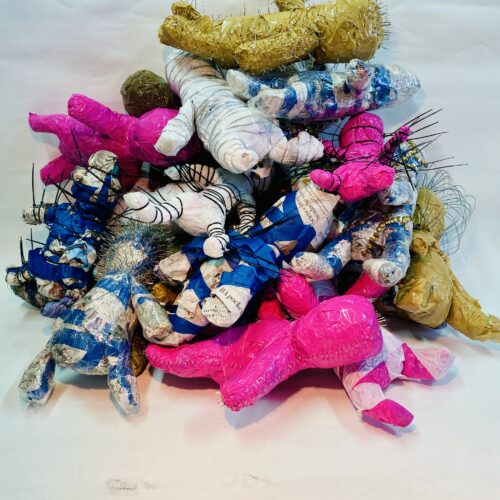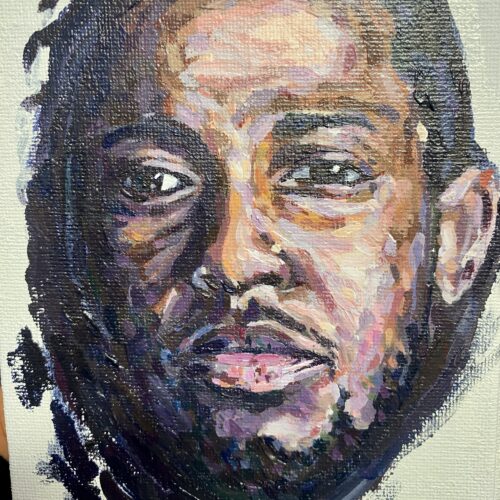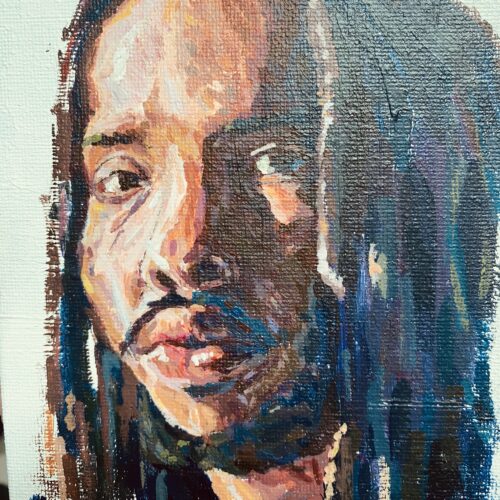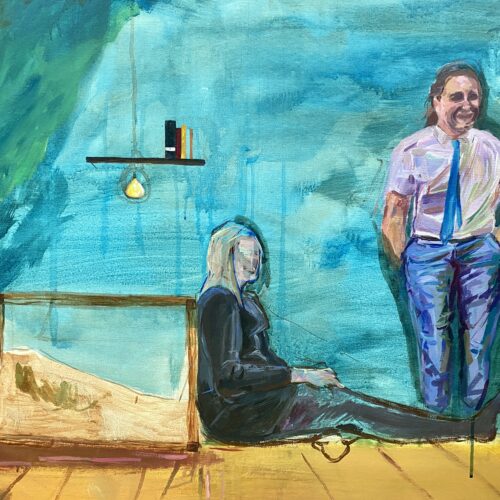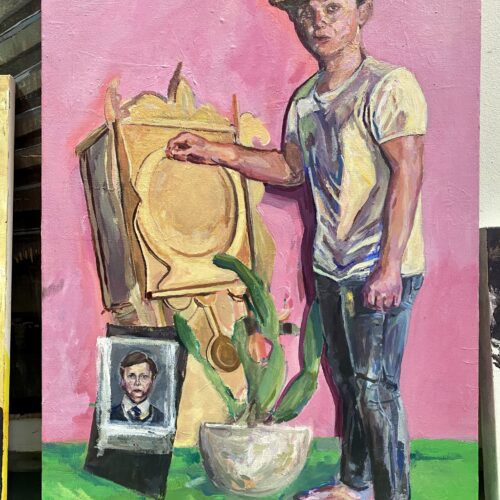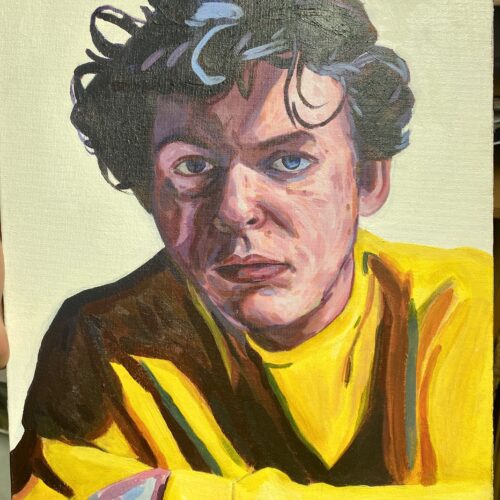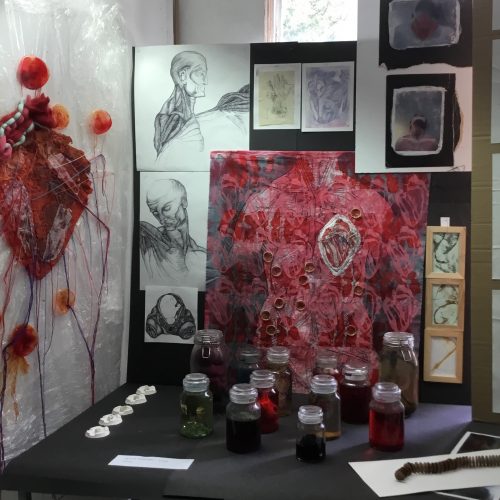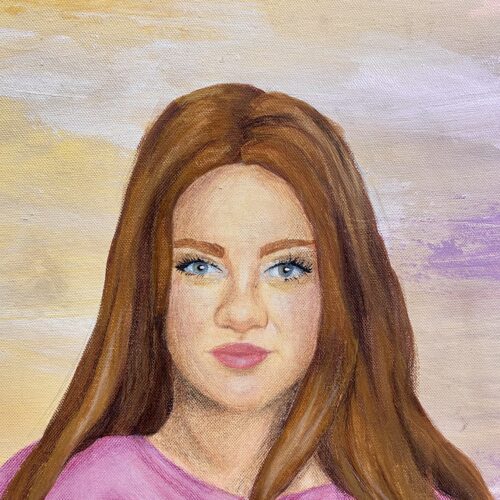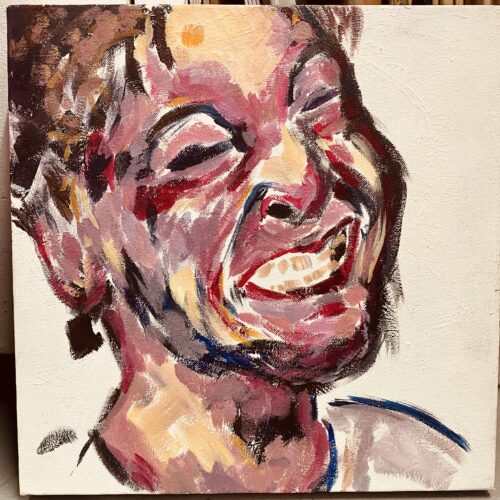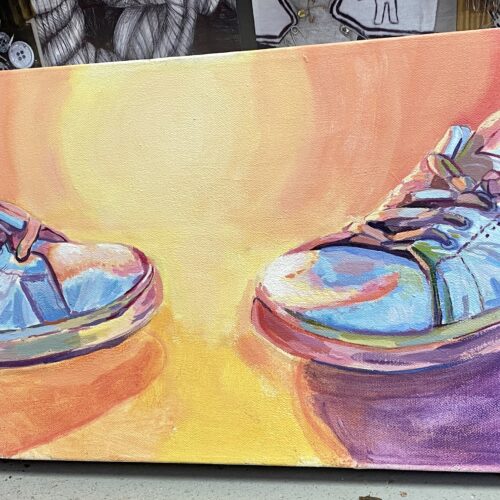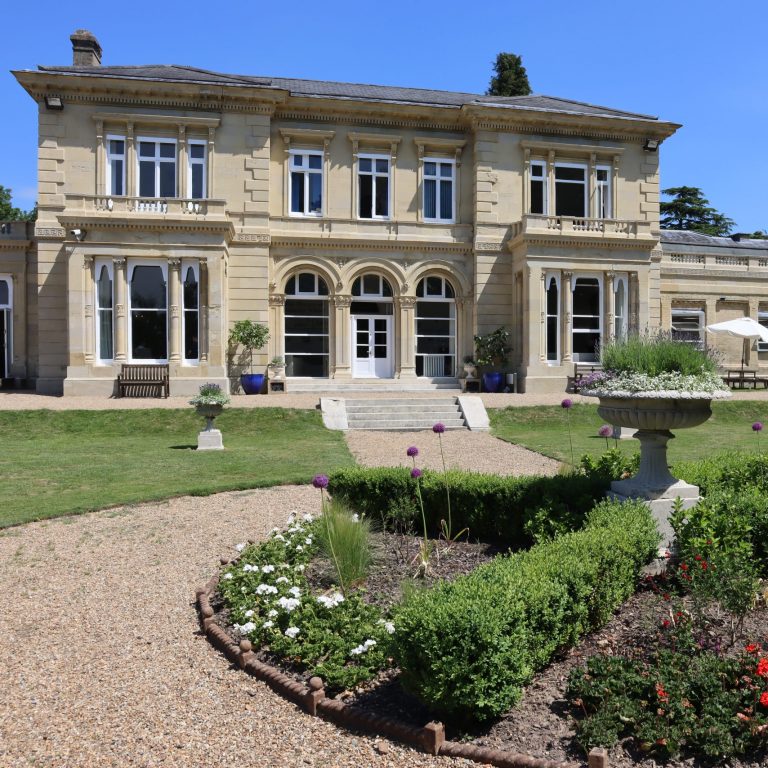A Level Art
At Dunottar we offer five Art A Level subjects. Pupils can select one or more of these options to study at A level. The assessment objectives and criteria are the same for all of the different Art titles.
- Art, Craft & Design
- Fine Art
- Photography
- Textiles
- Three-Dimensional Design
Why Study Art?
If you are considering any sort of practical career in the creative industries, Art is vital. If you intend to do any Art based degree, be it Architecture, Fine Art, Graphics, Photography or Fashion among others, an Arts A Level is the main means by which you produce a portfolio of work; an entry requirement for all Art & Design based courses. They are practical subjects which will further develop your technical skills, they will expand your creativity and imagination; key elements of the courses are personal development and independent learning.
What are the Career Opportunities?
Career opportunities leading from the visual arts are numerous; the creative industries are amongst the largest growing and most successful industries within the United Kingdom. There are many exciting future applications for the knowledge and skills gained via any Art A Level; these include set design, animation, video game design, graphic design, web design, advertising, architecture, exhibit design, special effects for film, illustration, product design, furniture design, journalism, museum curator, stage and film makeup, textile and fashion design, photographer, art dealer, concept artist, art historian or logo designer to name but a few.
Course Outline and Assessment
All of the arts subjects are a mechanism for the visual exploration of ideas, meanings and feelings at a personal level and also in the wider context of the social, historical and cultural connections. The area of study is broad enough to enable you to explore and develop your understanding of formal elements in a variety of media. As an Art & Design student you will endeavour to work independently, having the freedom to develop and communicate meaning through exploration and experimentation. You will be expected to research and record ideas thoroughly in order to develop informed opinions and critical judgments about your own work and those of other artists.
Students develop a high command of recording techniques through the expressive use of materials and processes. Structured sessions at the start of the course provide a solid foundation in observational drawing and use of processes. Coursework is based on a theme selected by the student, such as ‘collections’, with sustained visual research underlying your personal responses. The written component (1500 – 3000 words) explains their work and ideas as well as critical analysis of the artists and designers used to develop the visual responses to their theme.
All art titles are completed over two years and are NEA (Non Exam Assessments).
Component 1
Initially students work on a series of technical and material based short projects to enable them to develop their skills and understand the formal elements as a means of creating their own visual language through experimentation. Pupils then work on a ‘personal investigation’ and select a focused, related aspect of art, fine art, textiles, 3-dimensional design or photography. They are required to research in a critical, contextual study and they also explore their ideas in their individual practical studio work. Written notes are used to form the basis of the extended piece of writing (1500-3000 words).
Component 2
The final project is based on a theme selected from the AQA suggestions. Time is allocated for preparation, experimentation and refinement of ideas culminating in a ‘timed test’.
• Component 1 – coursework/personal investigation (60% of A Level)
• Component 2 – externally set task (40% of A Level)

